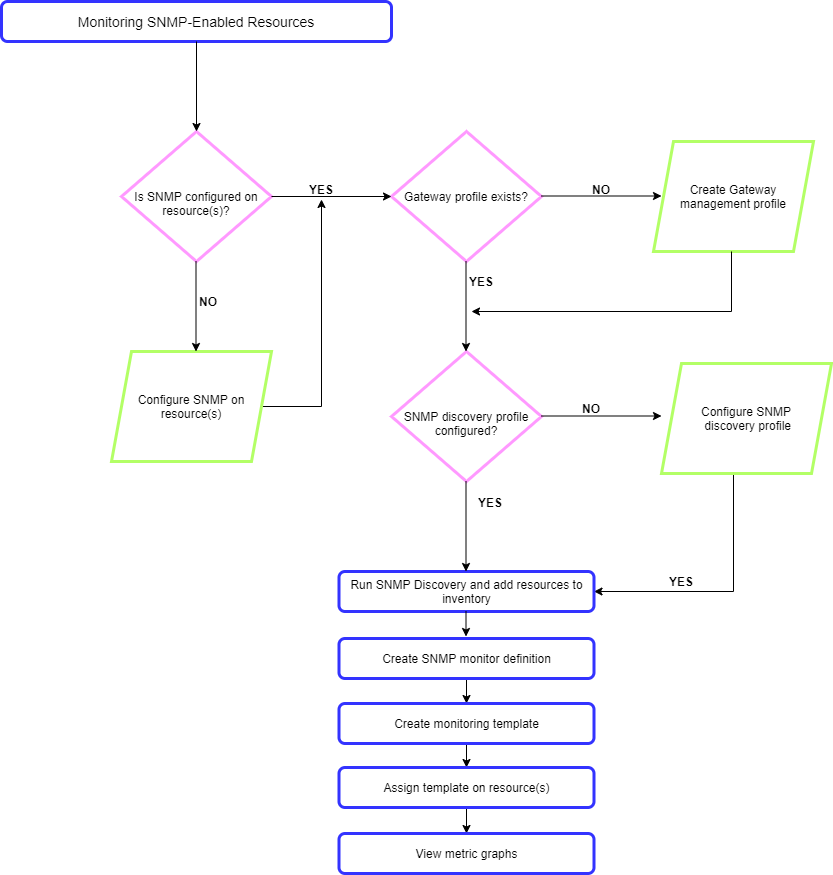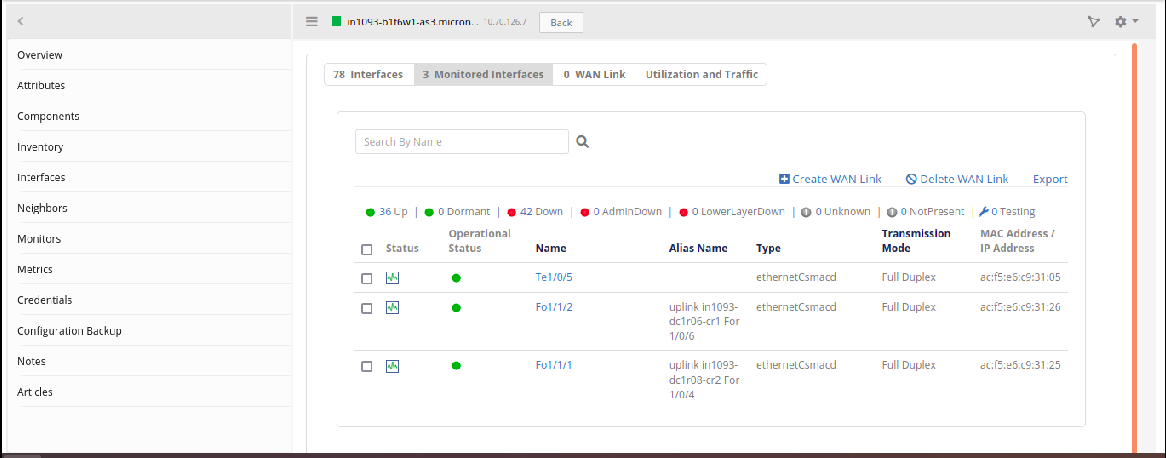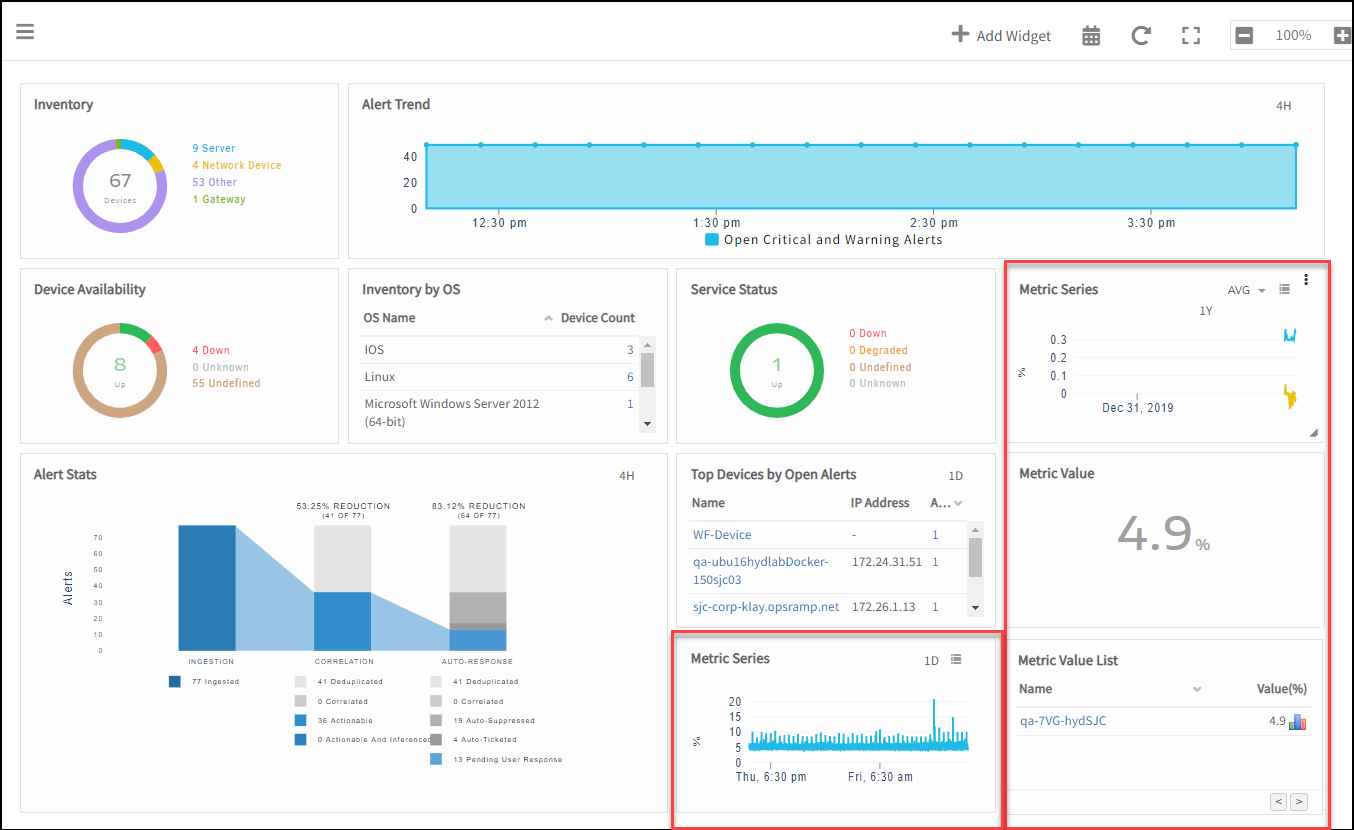Simple Network Management Protocol (SNMP) is an internet standard protocol that allows information exchange between managed devices. SNMP primarily supports network device monitoring and detects issues according to the data from the device. The network devices include in-built SNMP agents to enable and configure the communication with the Network Management System (NMS).
In a network, the system or server running the monitoring software is the managing entity and the device that requires monitoring is the managed device. All SNMP messages traverse between:
- SNMP agent (in the managing entity)
- SNMP manager (in the managed device)
SNMP components
- SNMP Manager (Network Management System): A software platform that collects information stored by the agent. The SNMP manager processes the collected information in a readable format (tables and graphs) to the network administrator. The NMS polls the agent for the required details of a given device in the form of alerts, reports, and graphs.
- SNMP Agent: A pre-installed software in the network device that gathers metric details such as disk space. The network device uses SNMP Agent to update metric information in the Management Information Base (MIB).
- Managed device: The device that requires monitoring is the managed device with a managed agent. The commonly available managed devices are Routers, Switches, Firewall, and Load Balancer.
- Management Information Base: The Management Information Base (MIB) stores managed device monitoring details hierarchically. Each device has different attributes or objects to monitor and unique object identifiers (OIDs).
Monitor methods
- Passive monitoring: Ingest SNMP Traps into the platform using alerts. For more information.
- Active Monitoring: Discover target devices in the platform and monitor using templates.
Supported resources
SNMP monitoring is supported for all device types that are SNMP-enabled supporting SNMP V1, V2, and V3 protocols. For example, Network Devices, Storage Devices, Server Hardware, Applications, and VOIP Applications. To view the discovered list of device types, go to Setup > Resources > SNMP Resource Type Definitions.
Message types
SNMP messages are sent and received between the SNMP manager and agent using Pull (Poll) and Push technology. The SNMP manager initiates the communication, and the agent forwards the response using Transmission Control Protocol/Internet Protocol (TCP/IP) or User Datagram Protocol (UDP).
Types of SNMP messages available for SNMP monitoring are:
- GETRequest
- RESPONSE
- GETNEXTRequest
- GETBULKRequest
- SETRequest
- TRAP
- INFORMRequest
SNMP monitor process
The following process flow diagram helps you understand the various steps involved in SNMP monitoring: creating management profile, discovery profile, and adding resources to inventory.

- As per design, you can view the custom filter monitor interfaces in the list of the monitored interfaces tab after 48 hours (2 days) in UI (Infrastructure » Interfaces → Monitored Interfaces). Till then you will be able to view the previously monitored interfaces in the list which are monitored through the old SNMP template (All Interfaces/Without Custom Filter) of the resource.
- Even though we have un-assigned/removed the SNMP template which were used to monitor the interfaces against the resource or assigned the new SNMP template instead of the old SNMP template to monitor the interfaces as per custom filter against the resource. In both cases, you can view the previously monitored interfaces and would take upto 48 hrs time to reflect the new changes in th UI.

Visualization
Dashboard
After initiating the SNMP monitoring, use Dashboard to gather customized visibility of the resources in your managed environment.

Create widgets such as Metric Value, Time Series, Metric List, and Top Metric Utilization to track the performance of the resources.
Reports
The following reports are generated for viewing the SNMP data:
- Custom Metric report
- Standard reports - Metric and Inventory reports
For more information, see Reports Overview.